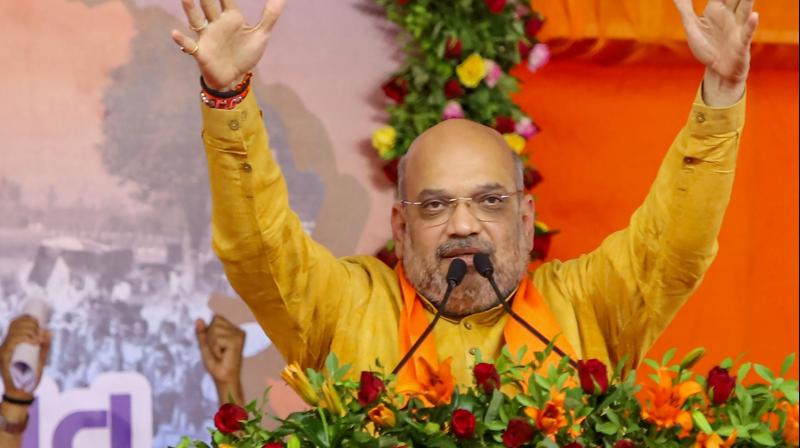Kaun banega BJP president?

Prime Minister Narendra Modi’s grand swearing in was accompanied by two pieces of news on the economy. The first was that India’s economic growth had fallen to a five-year-low of under 6 per cent and that unemployment was at a high of over 6 per cent.
The second was that the new government would within 100 days deliver policies that would change India’s labour laws (meaning specifically, the ability of companies to easily fire workers). And it would also acquire large land banks that could be passed on to companies without facing agitations like that in Singur against the Tatas. This is the sort of reform that would please investors, and particularly, foreign investors.
The positive thing for the Bharatiya Janata Party is that the massive mandate that Mr Modi has secured gives him the political capital that he can spend on large reform quickly. The problem of such change is that there are opposing interests (for example labour unions and political parties) that agitate against the reform. This has prevented such reform in the past.
However, Mr Modi’s electoral sweep and total control of India’s politics and his own party mean that he has the space to deliver such changes, and quickly. We should expect to see them happen in the next few weeks.
Today, let us look at the matter of the individuals who comprise the Cabinet Committee on Security, meaning the Prime Minister and the four top Cabinet ministers. These names — finance, home, defence and foreign affairs — were not correctly predicted by anyone, showing how tight a control on information was kept by this government.
The selection of the diplomat Subrahmanyam Jaishankar as foreign minister was not even anticipated by the media. It may be seen as an extension of the presidential style of politics that we have been told that this election was about. In the United States, the Cabinet is made up of experts picked by the President, and they don’t have to be elected.
The ease with which he has transferred individuals from one ministry to another is an indication of his preference for this style of working. Mr Modi personally provides the higher direction of the ministry and the minister then works with bureaucrats on implementation.
The choice of Mr Jaishankar is to me interesting and unusual because he is an intellectual (he has a PhD and comes from a family of distinguished scholars). He will either have to change himself to accommodate the BJP’s emotional approach to issues like Pakistan, or he has been hired to change the approach. My guess is the former.
In the finance ministry, Nirmala Sitaraman receives yet another promotion. She was given the defence minister’s role in a surprise move in the last Lok Sabha and now has the most important Cabinet position. Her low profile and calmness have no doubt helped her progress.
Rajnath Singh has been moved to defence, which is a lateral move from home in terms of importance. These three ministries — external affairs, finance and defence — are those that Mr Modi has taken most keen interest in running personally.
His style is stamped on such things as the surgical strike and the Balakot attack and the frequent visits to foreign places and personal relationships with such people as Xi Jinping and Benjamin Netanyahu.
It is in the finance ministry that there was less change after 2014 than was expected by businesses. When asked about this in the past, Mr Modi has said that India had already carried out the big economic reforms and what was now required was governance rather than changes in policy. With the planned changes in labour and land laws he will view the process as complete.
In the home ministry, Amit Shah does for Mr Modi what he did for him in Gujarat.
Mr Shah was minister of state for home (not given a Cabinet rank) for about a decade in Gujarat, reporting to Mr Modi. He now becomes the default number two person in the government.
He is only in his mid-50s and we should expect to see him rise further in the next five years.
The last thing about the induction of Mr Shah to consider is what it means for the BJP in terms of future party growth. Much of the credit for the spread of the party into difficult states like West Bengal and its retention of all its 2014 seats goes to Mr Shah and his strategy and energy. He has been a different and more successful BJP president than people who came before him like Nitin Gadkari and Venkaiah Naidu.
He has managed to reduce the BJP’s dependency on the RSS on the ground and widened the party membership and its fundraising abilities vastly.
The BJP has had a one-man one-post rule for some time now. Occasionally, this has been ignored but surely even for a man of Mr Shah’s talents it will not be possible to do both jobs.
The new party president, along with these four top ministers and the Prime Minister will in large measure control not only the future of the government and the party but also the country.

